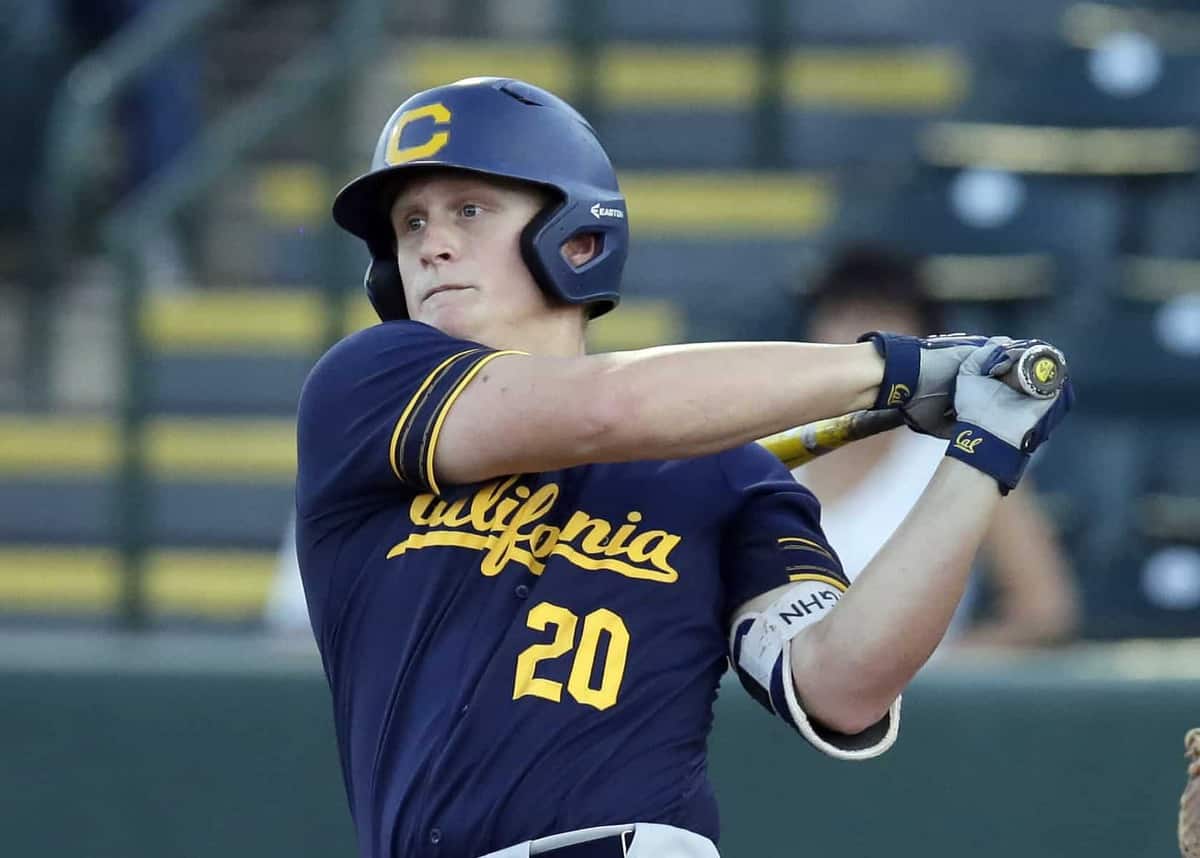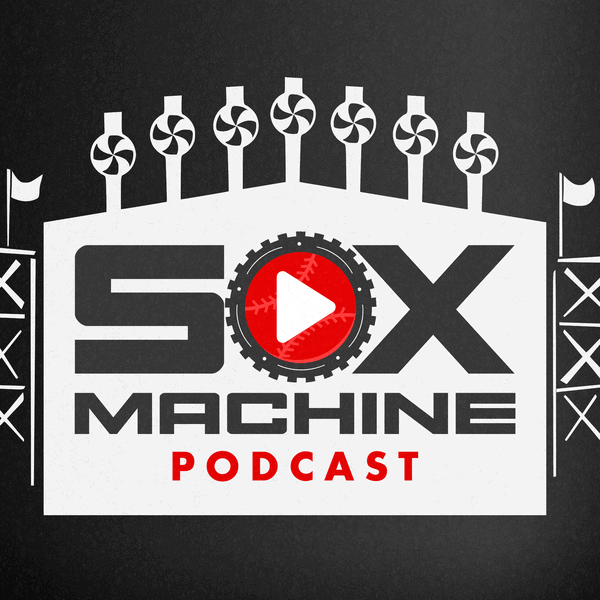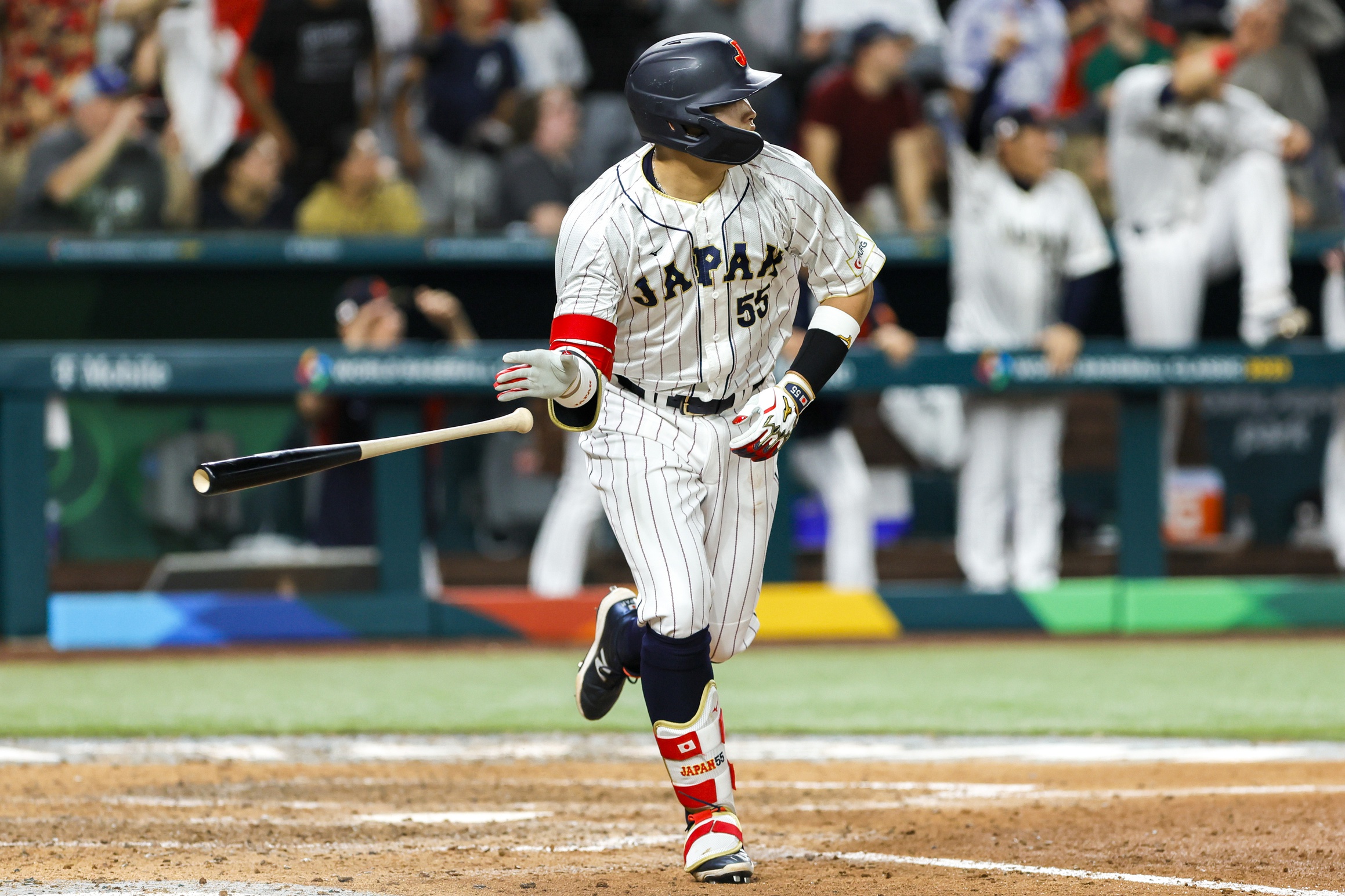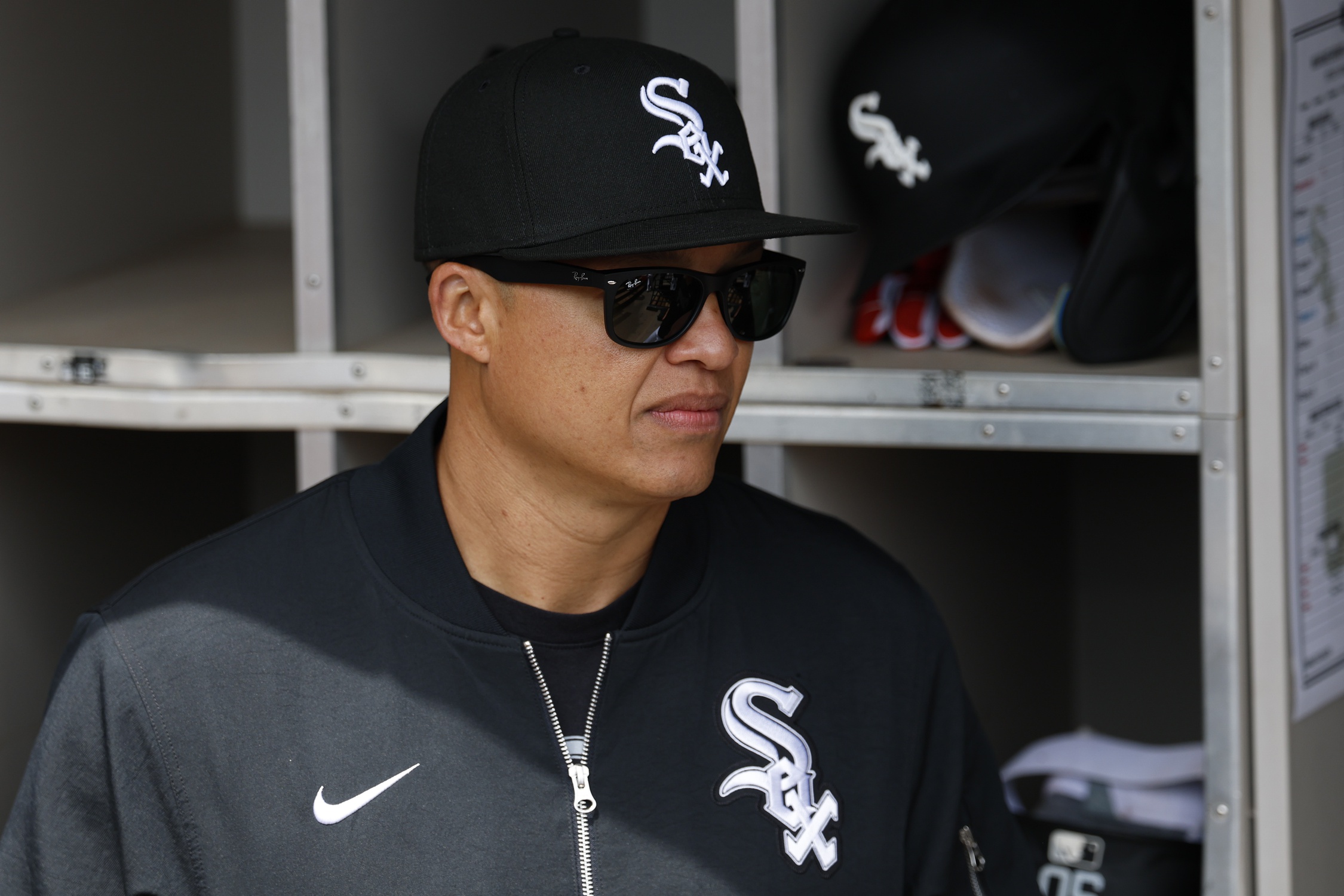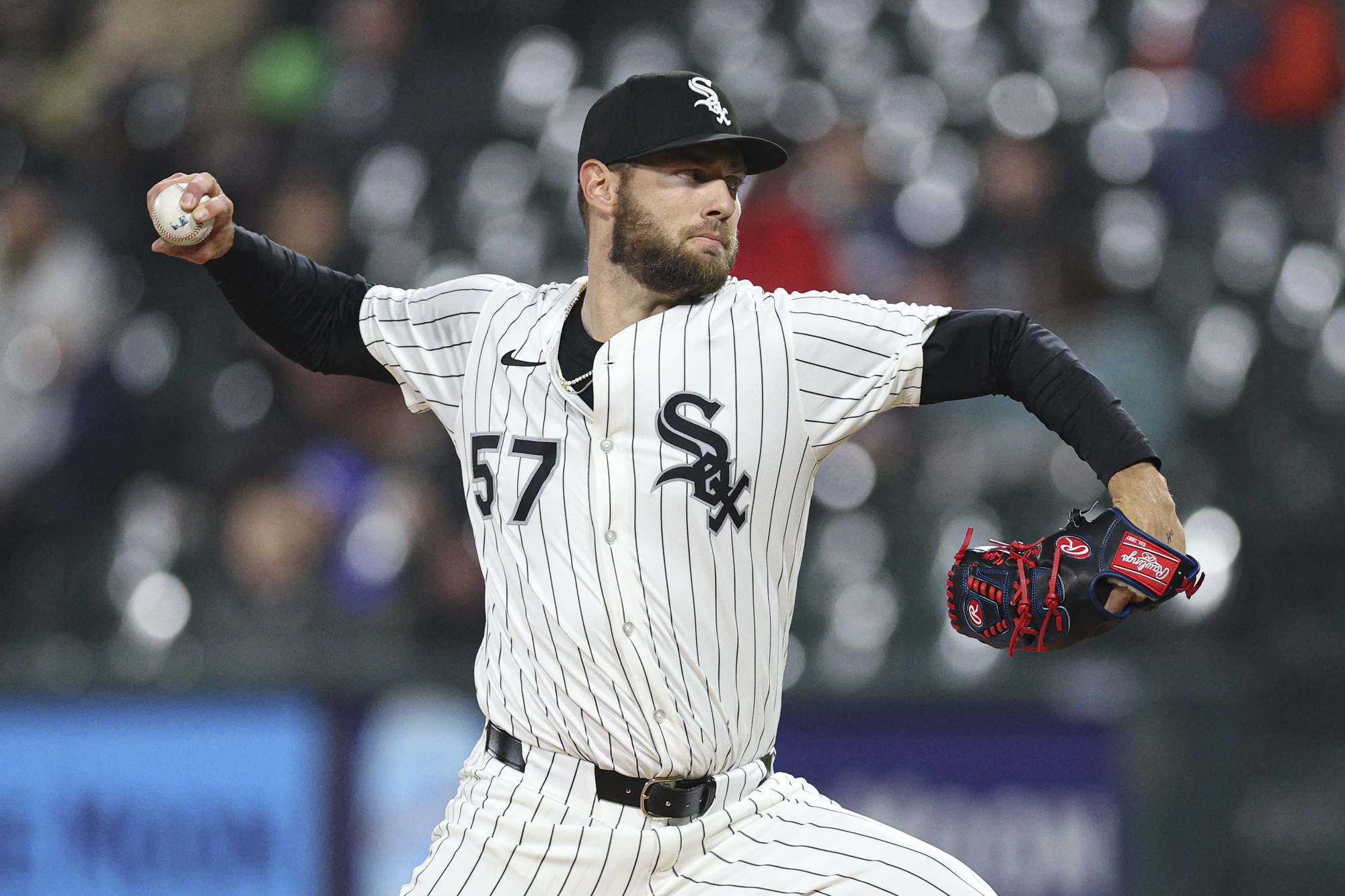Background
After winning Pac-12 Freshman of the Year honors in 2017, Andrew Vaughn arrived on the scene possessing a power bat that MLB teams are attracted to like moths to a porchlight. Hitting .349/.414/.555 with 12 home runs and 50 RBI, and 9.8 K% to 7.8 BB%. That summer, Vaughn was selected for Team USA playing alongside White Sox prospects Nick Madrigal, Steele Walker, and Konnor Pilkington. Appearing in 19 games with 18 starts, Vaughn hit .242/.320/.364 with a five extra-base hits, and 16 strikeouts to seven walks.
Vaughn’s Sophomore season was exceptional. Significant increases across the board hitting .402/.531/.819 with 23 home runs and 63 RBI, and 17.19 BB% to 7.0 K%. That monster season helped Vaughn win the Golden Spikes award over the 2018 number one overall pick, Casey Mize. Playing for Team USA again in the summer, Vaughn in 10 games hit .224/.316/.367 with four doubles and a home run.
There was much chatter from the industry about Vaughn potentially reaching 30+ home runs in 2019. Putting up numbers last seen from Chicago Cubs third baseman, Kris Bryant, when he hit 31 home runs in 2013. Instead, Vaughn’s numbers have dropped in his Junior season. As of April 23, Vaughn is hitting .364/.525/.694 with 11 home runs and 34 RBI, but increases in strikeout and walk rate have been noticeable (22.8 BB%, 16.0 K%).
Vaughn hasn’t played in any postseason games with Cal, but both Baseball American and D1Baseball are projecting that the Bears will make it to the Regional round as a #3 seed. The Pac-12 does not have a conference tournament.
Grades (20-80 scale)
- MLBPipeline Hit: 60 Power: 60 Run: 30 Arm: 50 Field: 50
- Fangraphs (Current/Future) Hit: 45/65 Power: 45/60 Run: 35 Arm: 50 Field: 50
Hitting

Vaughn has a short, flat swing that produces many line drives. Featuring a leg kick that helps with timing and hip torque, Vaughn generates a lot of power through the zone. I’m not sure why any pitcher throws fastballs to Vaughn because I haven’t seen any issues handling velocity (95 mph) and he does a great job getting the barrel on the ball. Vaughn has plus vision at the plate recognizing breaking pitches early and typically doesn’t chase out of the zone. The power grades are real, and this is a hitter who can consistently hit 25+ home runs a season in the majors.
One of the issues I’ve seen from Vaughn watching a dozen of his games is what happens when a pitcher can throw the breaking pitches in the zone. Vaughn like most hitters is sitting fastball but can keep his hands back in case of a changeup. The problem is Vaughn has a tough time making good contact on curves and sliders this year, and I think that’s why his strikeout rate is more than twice as high from last year. Against LSU, the Tigers pitching staff would stay away from Vaughn with fastballs, or when they did attack him, it was just curves and sliders in the zone. That weekend Vaughn went 1-for-10 with two strikeouts and two walks.
As Vaughn progresses in his professional career, the ability to hit breaking pitches will need to be improved upon if he’s going to produce like a 60-grade hitter (.280+ batting average).
Fielding
Even though some will say he’s undersized for a first baseman (5’11”), Vaughn looks like a natural at the position. Good hands help him with scoops on low throws, even with below average speed Vaughn shows good range and has a strong arm. In 2017 and 2018, Vaughn pitched for Cal, and some believe that if he were just a little bit more athletic, you could put him in a corner outfield spot.
Conclusion
Vaughn is the best power bat in this draft and second overall best offensive player behind Adley Rutschman. If Vaughn was draft eligible last year, I think we could have seen him selected third overall instead of Alec Bohm. Comparing Vaughn to Nick Madrigal is apples and oranges because they have two completely different profiles.
We can compare Vaughn to Jake Burger and Zack Collins, the previous power bat first round picks by the White Sox.

There might be a chance that Burger and Collins can stick at their original positions at third base and catcher. However, there have been many analysts thinking that Burger and Collins might be better suited at first base in the future. If the White Sox draft Vaughn, it’d be another option for the White Sox to choose from to replace Jose Abreu. We also can’t forget 2017 second round pick, Gavin Sheets, who is a natural first baseman.
There would be a logjam, but I see very little competition as Vaughn would have more potential than any of them. If anything, the selection of Vaughn would spell bad news for players like Burger and Sheets long-term future with the White Sox organization. Both players could be afforded to be involved in future trades to help improve other areas on the field as the White Sox would have enough depth.
Drafting a player like Vaughn would give the Sox another potential power bat that if everything goes right with development (knock on wood), Vaughn could be with the White Sox late 2021 or 2022. The lingering question would be drafting a power first baseman with the third overall pick the best move? Especially when there could be players like CJ Abrams who has many tools that can help a team in several ways, or after the stretch of pitching injuries, it might be wise to add another high-quality arm to the system.
When I speak with others who cover the draft, they agree with the most recent Fangraphs mock that Vaughn would go third to the White Sox if Baltimore and Kansas City don’t select him. The power potential is too mesmerizing to pass up, and with the uncertainty of Abreu’s future with the ballclub, Vaughn can help fill a need.
